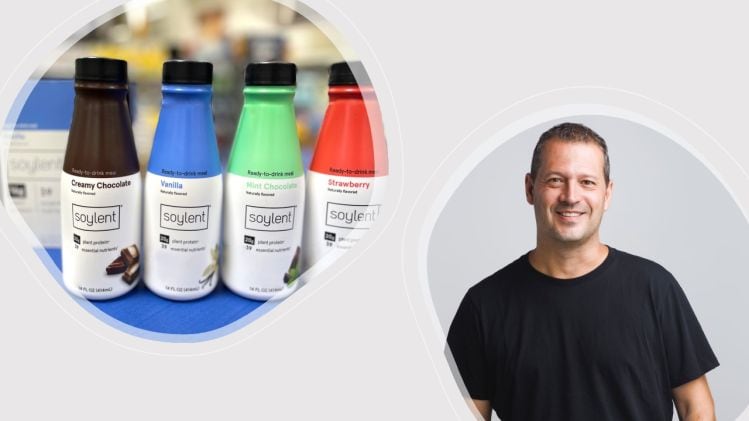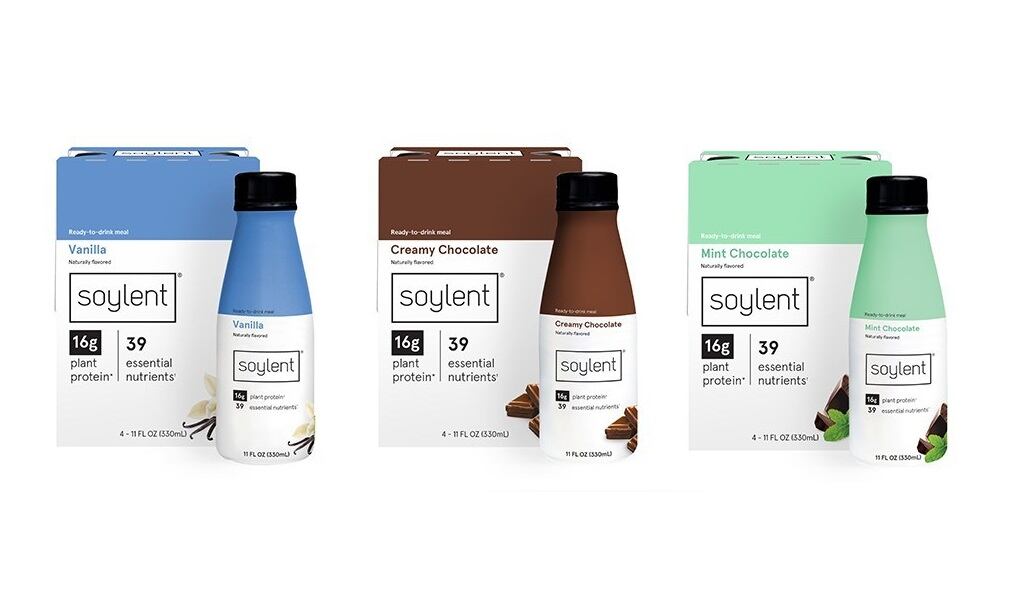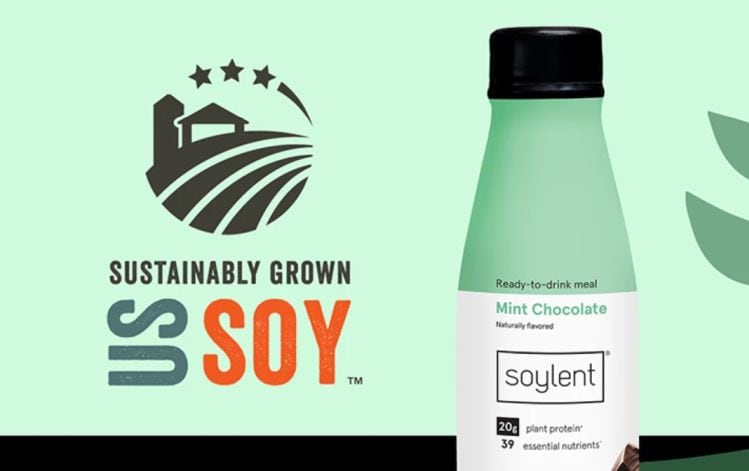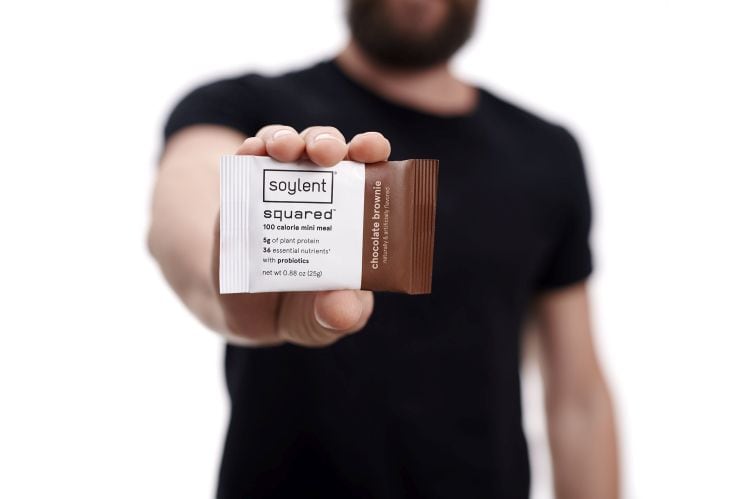The brainchild of Rob Rhinehart, a software engineer who quit the day job in 2013 after deciding “to bet my life on the idea that food could be empirically rebuilt,” Soylent both intrigued and baffled trend-watchers in its early days with its bland-tasting beige powders, sterile packaging and “joyless” utilitarian ‘food as fuel’ philosophy (the idea being that you could consume Soylent exclusively and get all the nutrients you need).
Rhinehart - who argued that many food staples such as cornflakes and oatmeal are neutral-tasting and therefore easier to customize – nevertheless recognized that more convenient formats and new flavors would help Soylent reach a wider audience, launching his first ready to drink beverage in 2016 followed by a bar (which was recalled after some shoppers experienced digestive issues).
Despite a challenging few years dogged by recalls, a public spat with a supplier and a setback in Canada, Soylent built a sizeable direct to consumer e-commerce business before launching on Amazon in 2016 and bringing on former KeVita executive Bryan Crowley in 2017 to spearhead its launch into bricks & mortar retail.
Crowley - who departed in early 2020 – was replaced by Vangelov, who joined Soylent as CFO and COO in 2018 from Califia Farms and became CEO in February 2020. (Rhinehart stepped down as chairman of the board later that year, but remains on the board.)
‘Our sales were stagnant, we were not profitable, and we had to make dramatic changes or we would have run out of cash…’
Speaking to FoodNavigator-USA after launching at Rite Aid stores nationwide this week, Vangelov acknowledged that the brand had been on a rollercoaster ride over the years, but says it is now firing on all cylinders, growing steadily with key customers such as Walmart and Target and picking up significant new business in the drug channel.
“We definitely had to change things around when I took over. Our sales were stagnant, we were not profitable, and we had to make dramatic changes or we would have run out of cash.”
However, the brand – which has raised more than $70m in venture capital since 2013 – “is operationally profitable now, so we don't need to raise money to run the company,” added Vangelov, who changed to a new co-manufacturer for powder, switched partners for fulfillment and warehousing, slashed spending on customer acquisition, restructured the management team, pulled out of the UK market, returned to Canada, reformulated the core range to reduce sugar, and introduced new product lines targeting different customers and usage occasions.
‘One of the key things for me was not to have to go back and ask for more money’
“One of the key things for me was not to have to go back and ask for more money,” said Vangelov. “We also lowered the price of our powder to be the lowest everyday price for plant powders, and we stopped the discounting and all these other activities and focused on letting our consumers know that when they come to us, they will get the best price.”
He added: “We’ve been profitable for the past five quarters, and revenues at our key retailers have grown more than 60% over 2020.”
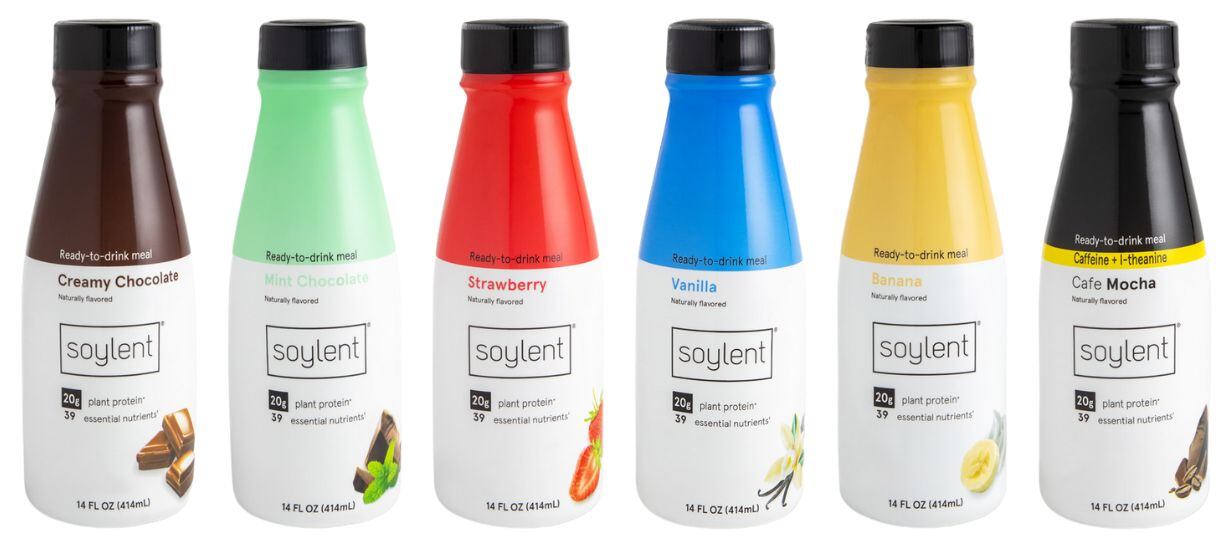
Multiple consumer groups and usage occasions
So who actually drinks Soylent, and how are consumers using the products?
There are several types of consumers and usage occasions for the core ready-to-drink meal replacement line, which comes in multiple flavors with 20g protein from soy, 400 calories and just 1g of sugar (the products are sweetened with allulose and sucralose), said Vangelov.
Some consumers drink Soylent regularly to replace a meal here and there; others will consume it in higher quantities for a short period to lose, sustain, or gain weight; some will use it as part of a nutrition plan that could span several days whereby they might splurge here and there and then drink Soylent intermittently to keep control of their calories and nutrient intakes, he said.
Others use it because they are watching their blood sugar, while some with conditions such as IBS find it works well as part of their routine, he said.
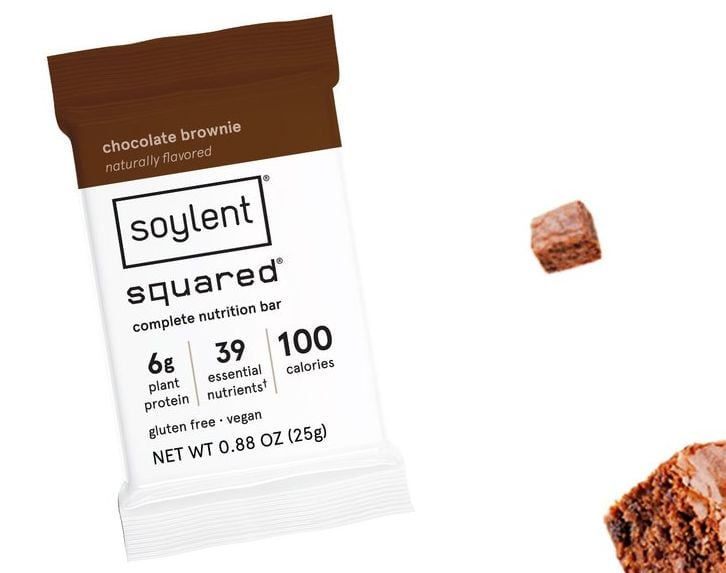
Soylent has four product lines:
- Soylent complete meal: 400 calories, 20g protein, 1g sugar
- Soylent complete protein: 250 calories, 30g protein, 0g sugar
- Soylent complete energy: 180 calories, 15g protein, 3g sugar
- Soylent squared bars: 100 calories, 6g protein, 1g sugar
New products: Soylent complete protein and complete energy
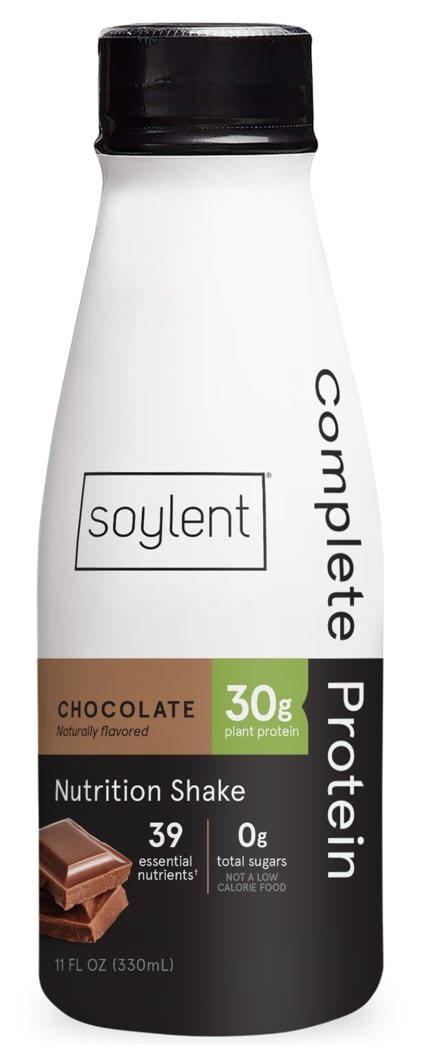
“But we’ve also recently expanded the line up to include Soylent complete protein, which has 30g of protein in an 11oz bottle, 250 calories and zero grams of sugar; and then Soylent complete energy, which has 15g protein and 180 calories, which works well in the morning when you need a pick me up, but you don’t want to feel full.
“It’s lower calorie, has caffeine, but we offset the jittery effect with some nootropics, which smooths things out.
“So we are rolling out the complete protein product with Rite Aid now, and then later in the fall we anticipate other retailers will pick up complete protein and complete energy as well.”
‘We expect to be in about 28,000 or so retail locations by the end of the year’
He added: “We expect to be in about 28,000 or so retail locations by the end of the year, up from 17,000 in December 2020, so almost doubling our retail footprint, but we’re being very measured in terms of our approach. We want to use the playbook that we've been super successful with in Walmart and Target, and apply that as we roll out to more retailers including in the drug stores, so we’ve launched in Walgreens earlier this year and now we’re launching in Rite Aid.
“We also see big opportunities in club and convenience stores. What’s interesting is that when we come into a retailer, there is almost no overlap in our consumer with the established brands, so for example in Walmart, they are not seeing a decrease in their Ensure or Boost sales when Soylent comes in, which the retailers like, because we’re bringing in a completely different shopper.”
In the direct to consumer e-commerce business, which is still the company’s biggest channel, he said, “two thirds of our soylent.com revenue is from subscription, so we have some very dedicated consumers.”
Canada… the relaunch: ‘We did not do our homework and did not file the right paperwork’
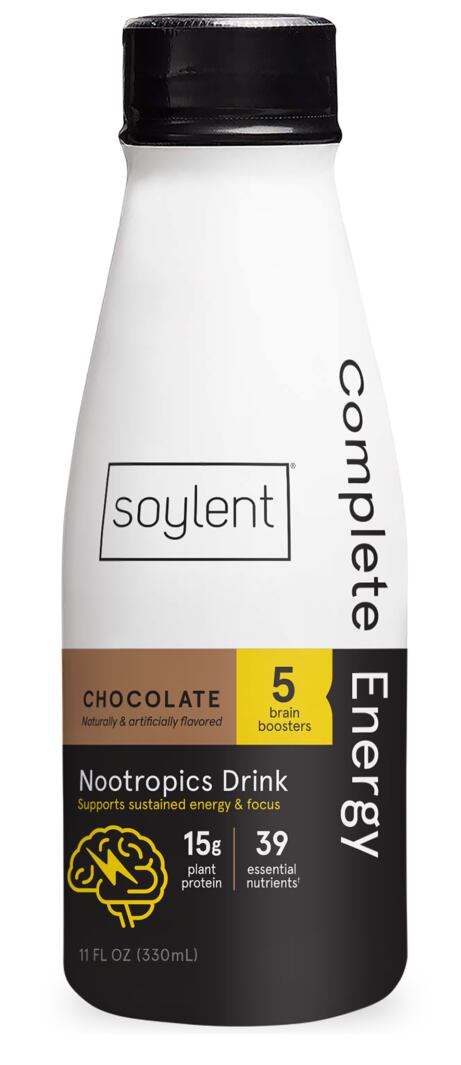
When it comes to product formulation, Soylent remains committed to soy protein as its core ingredient, but is constantly assessing new sources of protein from barley to quinoa, said Vangelov, who said the firm’s creamy chocolate SKU with 1g sugar outperformed dairy drinks with significantly more sugar in recent blind taste tests.
As for overseas expansion, Soylent has pulled out of the UK market – where it was not meeting expectations – and re-launched in Canada, where it ran into trouble a couple of years back by failing to file the correct paperwork, claimed Vangelov.
“The issue was paperwork, we did not do our homework and did not file the right paperwork with Health Canada to comply with regulations [surrounding meal replacement products].
“We relaunched in Canada last April via soylent.com with two powders and three ready-to-drink beverages [which do not contain allulose, as it is not approved in Canada] and just a few weeks ago we opened up to Amazon.”
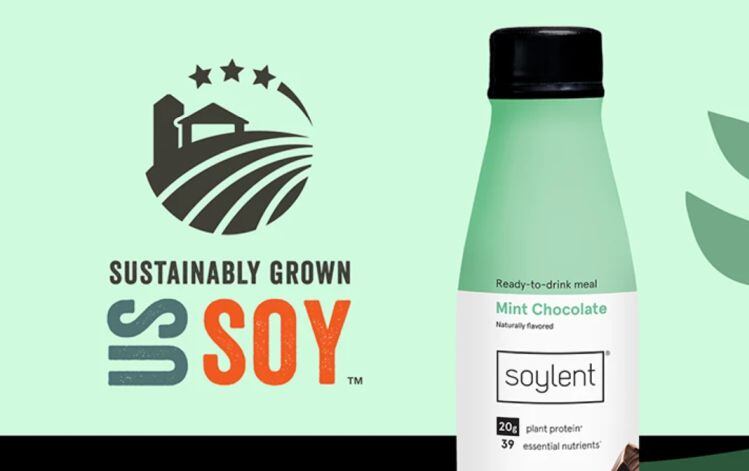
Soylent and DuPont Nutrition and Biosciences are participating in a pilot program to highlight the sustainability credentials of US-grown soy by road-testing a new ‘Sustainably Grown U.S. Soy’ logo developed by the United Soybean Board (USB).

